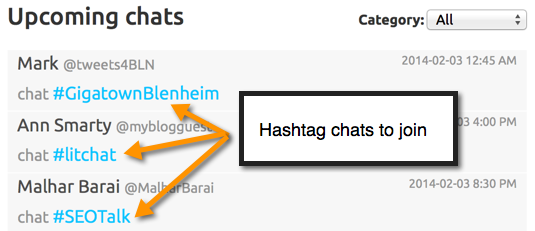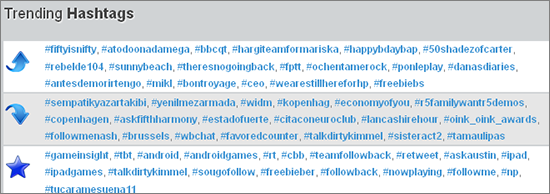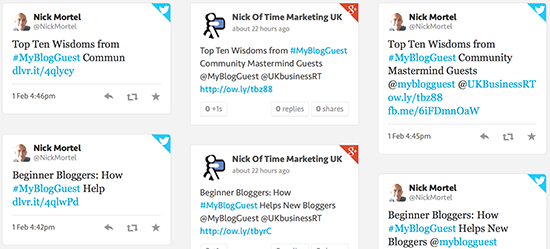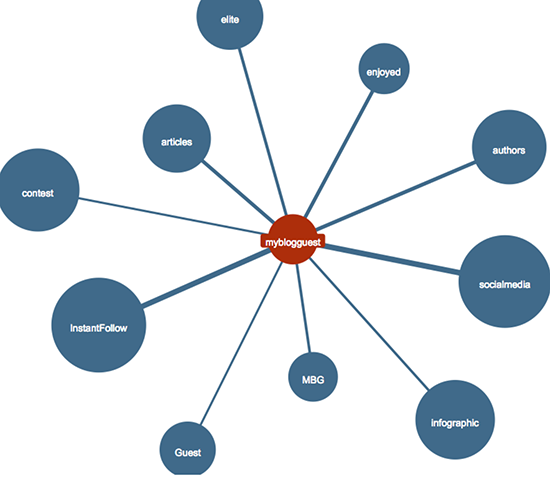Well, you can’t say nobody warned them. Not long ago, Matt Cutts clearly stated that Google was planning on penalizing large guest blogging networks, and yesterday Google followed through. It was widely assumed Google would be targeting MyBlogGuest, run by Ann Smarty, brand manager of Internet Marketing Ninjas, though Ann continuously defended her site, claiming they would be safe because MyBlogGuest didn’t sell links and wasn’t a “network.”
It turns out everyone but Ann Smarty was right, as Cutts announced on Monday that the guest blog network had been taken down, and MyBlogGuest vanished from the rankings, even for branded terms. Eventually Smarty even confirmed the penalty through Twitter.
[Official] Even though #myblogguest has been against paying for links (unlike other platforms), @mattcutts team decided to penalize us…
— Ann Smarty (@seosmarty) March 19, 2014
MyBlogGuest has been running since 2009, and estimates they were averaging 256 articles posted per day at their height. But, the big problem is that MyBlogGuest had a very open policy on linking and refused numerous times to make it possible for links to be nofollowed.
Jennifer Slegg refers to MyBlogGuest’s true purpose as a “well-known secret” in the industry. Numerous agencies were using MyBlogGuest to promote their clients, while supporting writers who would sell links openly. The website community embraced both, making the more questionable actions wildly obvious to anyone paying attention.
Smarty is still defending her site. Since the take-down, she has spoken to multiple news outlets. She told Search Engine Watch “There are lots of networks that openly abuse the concept and promote paid guest blogging (I won’t list any names; I am not as bad as that!) but they choose to hit the oldest, best-known brand first – does it make sense? Instead of setting a good example, they make it obvious that no one is safe even such good guys as us.”
Notably, it seems that MyBlogGuest isn’t the only entity being punished in this action. Even sites that were only benefiting from the guest blog network’s policies are being struck with manual action penalties.
When Cutts made the announcement that Google had penalized the guest blog network, many speculated that sites who had been heavily using the network would also get cut down to size. Then, many sites began to notice manual actions appearing in their Webmaster Tools, but there was no clear confirmation the two were related. That is, until Cutts cleared up the situation somewhat by tweeting that Google is acting against sites that benefited from any spammy behavior on the site, which could range from running blogs hosting guest posts or benefiting from the bad links.
@n2tech when we take action on a spammy link network, it can include blogs hosting guest posts, sites benefiting from the links, etc.
— Matt Cutts (@mattcutts) March 20, 2014
I could almost feel sorry for the owners of the associated sites being penalized for these behaviors, but Google has been warning about penalties for months without taking action. There has been plenty of time to cut away from questionable guest blogging practices and platforms, but many like Ann Smarty believed they could circumvent the rules. In the future, it is better to just follow the guidelines, rather than becoming the face of a new spammy industry’s downfall.








